The Kaafu Atoll is one of the 20 administrative divisions of the Maldives. Within Kaafu is North Male and South Male Atoll, Kaashidhoo, and Gaafaru. The capital of Male is specifically found in the North Male. Despite Male being located within Kaafu Atoll, it is treated as an autonomous administrative unit. The city’s location has contributed to the success of Male as the country’s commercial and financial capital. Major banks and businesses are located in Male. Six parts constitute the Male city, they are Maafannu, Galolhu, Henveiru, Macchangolhi, Hulhule, and Hulhumale Island.
Malé is the most populated Maldivian city. As of 2017, Malé has an estimated population of 133,412 people occupying an area of about 5.8 square kilometers. This makes Malé one of the most densely populated cities of the world.
Malé’s economy to a large extent is boosted by tourism. The tourism industry contributes more than 60% of the country’s foreign exchange. Malé is endowed with rich historical sites which are beautiful to behold. Such spectacular sites include the Esjehi Art Gallery and Mulee-Aage. The Hukuru Miskiy is an ancient mosque prominent for its old age and simplicity. The Friday Mosque, the largest mosque in the Maldives, is also an iconic place to visit. The Maldivian National Park is another attraction site. Activities that can be done in Malé include visiting the famous Maldives fish market and sight seeing.
Malé has a relatively consistent weather making it a favorable city to visit nearly any time of the year. Temperatures range between 20-30 degrees centigrade through out the year. The city also experiences both wet and dry seasons which qualifies the climate as a tropical monsoon. Wet months are May to December while January to April experience dry seasons. In a year, the city receives about 1900mm of rainfall.
This page was last modified on May 1st, 2018
More on Graphicmaps
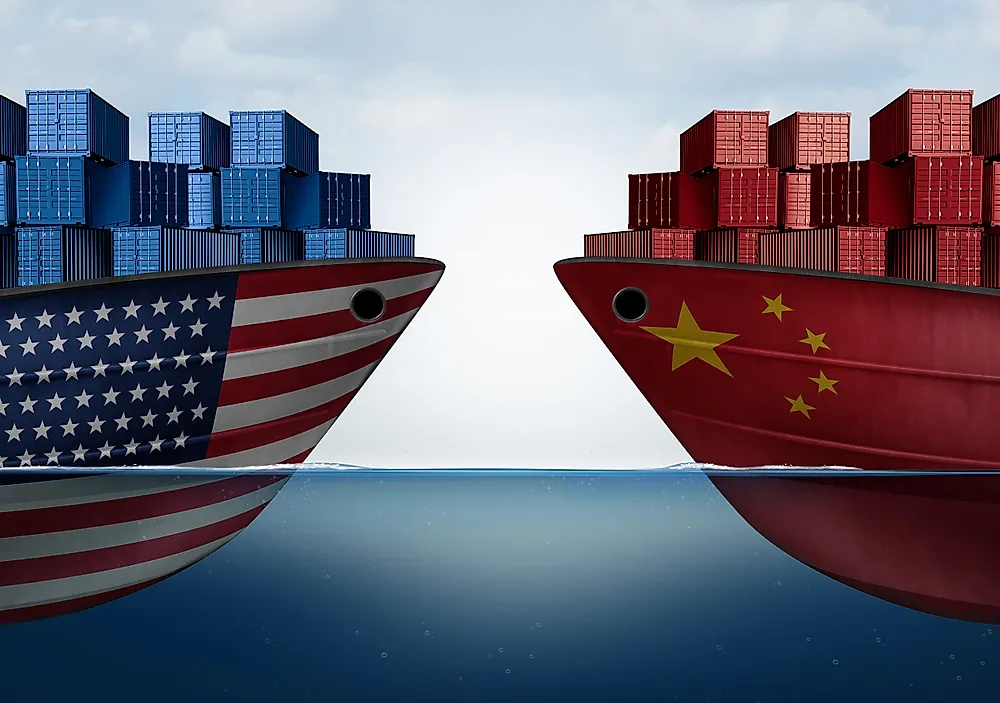
Published on 2019-11-06
What is a Trade Embargo?
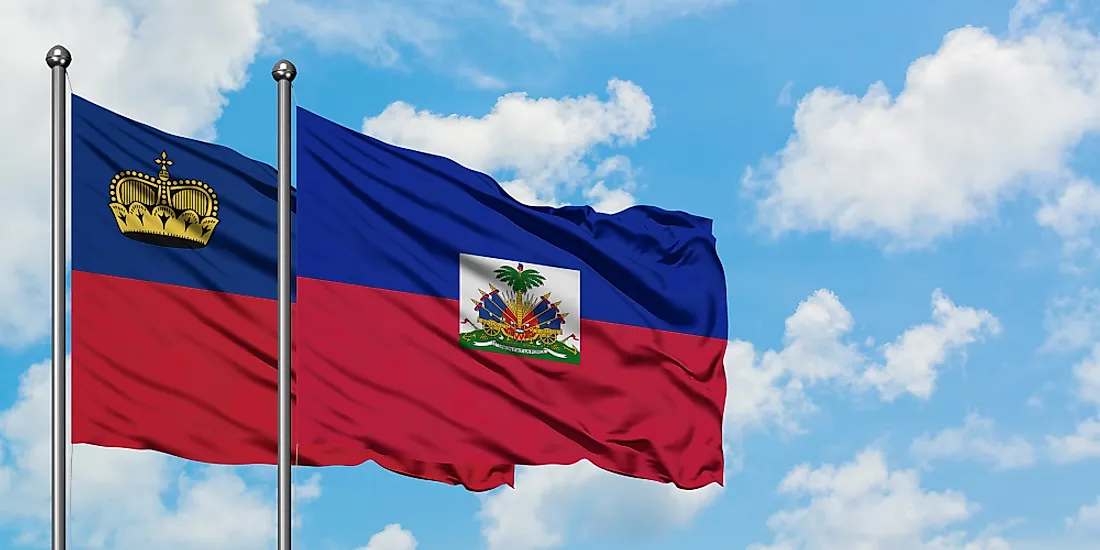
Published on 2019-11-04
Which Two Countries Used to Have the Same Flag?
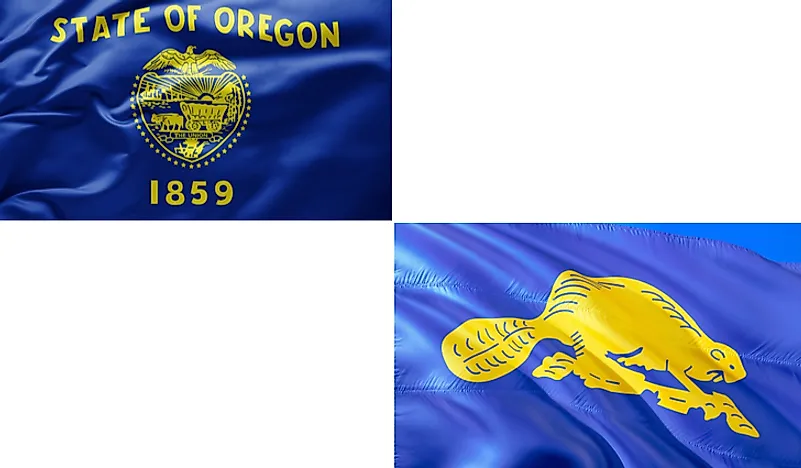
Published on 2019-09-16
What Is the Only Two-Sided State Flag?
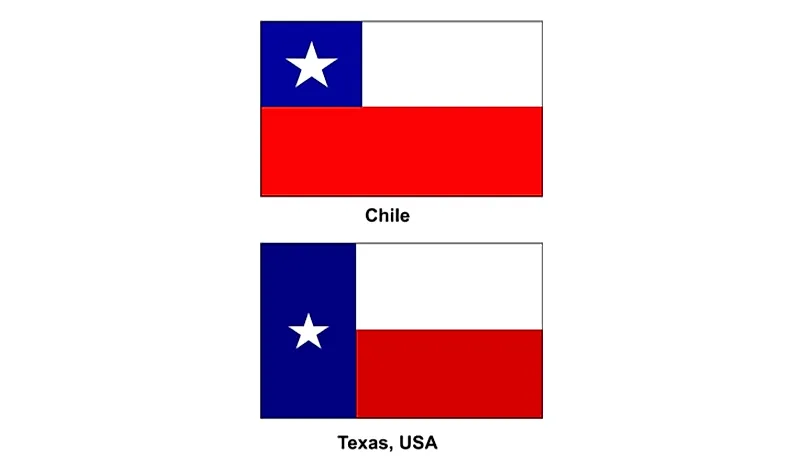
Published on 2019-09-16
Which Country Flag Looks Like the Texas Flag?
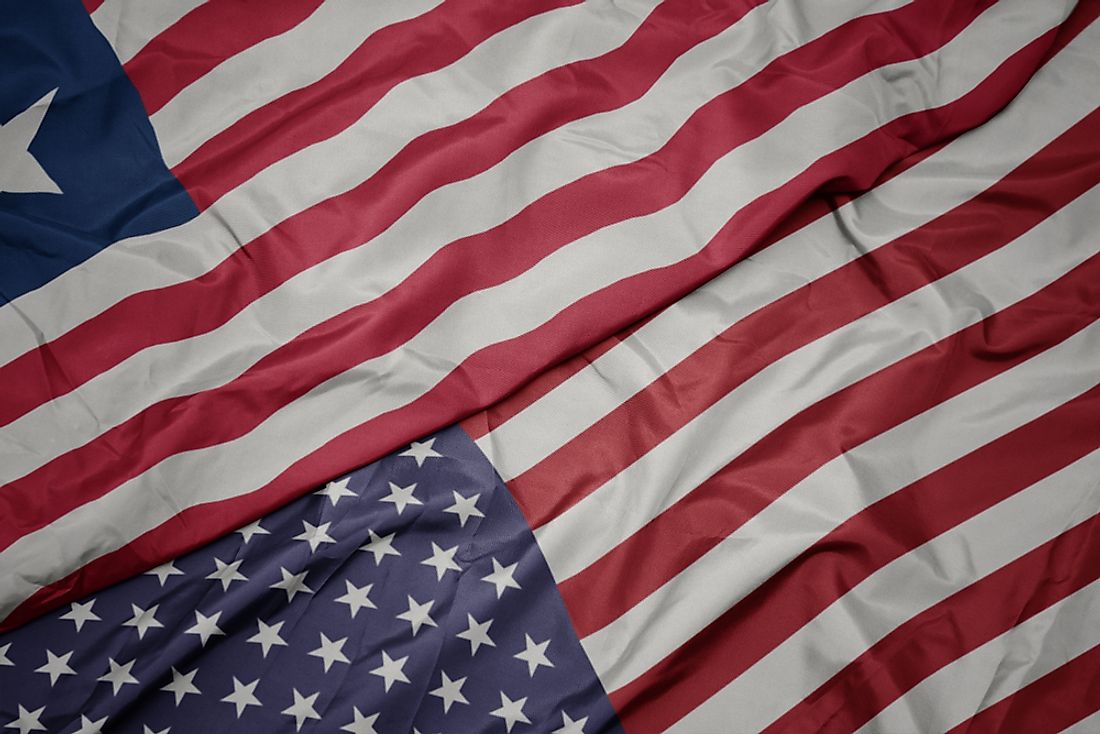
Published on 2019-08-29
Flags That Resemble the US Flag

Published on 2019-08-20
